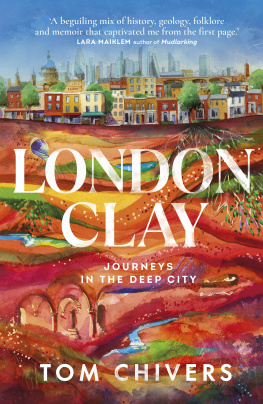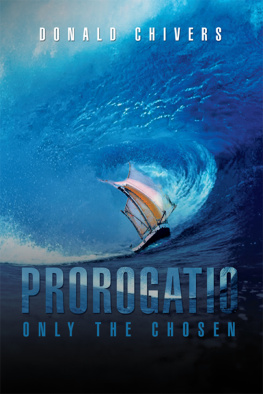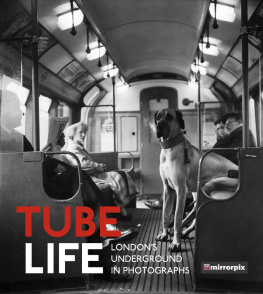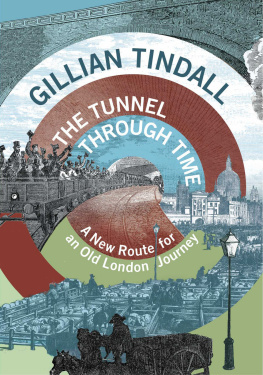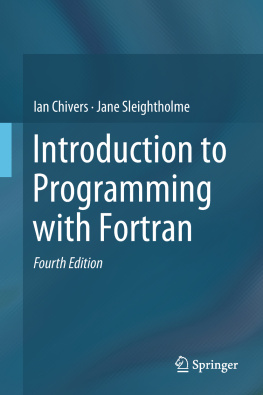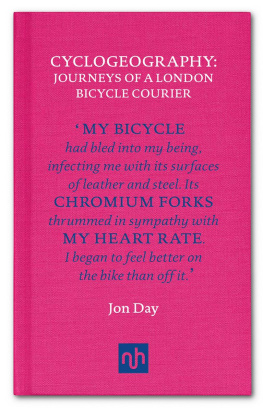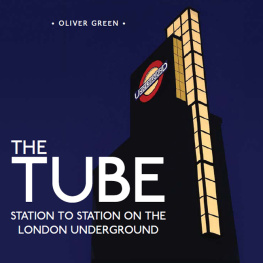About the Author
Tom Chivers is a writer, publisher and arts producer. He was born in 1983 in south London. He has released two pamphlets and two collections of poetry, the latest being Dark Islands (Test Centre, 2015). His poems have been anthologized in Dear World & Everything In It and London: A History in Verse. He was shortlisted for the Michael Marks and Edwin Morgan Poetry Awards and received an Eric Gregory Award in 2011.
Tom has made perambulatory, site-specific and audio work for organizations including LIFT, Cape Farewell, Humber Mouth and Southbank Centre. He was writer in residence at Bishopsgate Institute and associate artist of the National Centre of Writing. In 2009 he presented a documentary for BBC Radio 4 about the poet Barry MacSweeney. In 2011 an animated film of his poem The Event was broadcast by Channel 4s Random Acts. He lives in Rotherhithe with his wife and daughters.
Coda:
A ROSE BY ANY OTHER NAME
There are many ghosts and they travel with me
A L J OSHUA
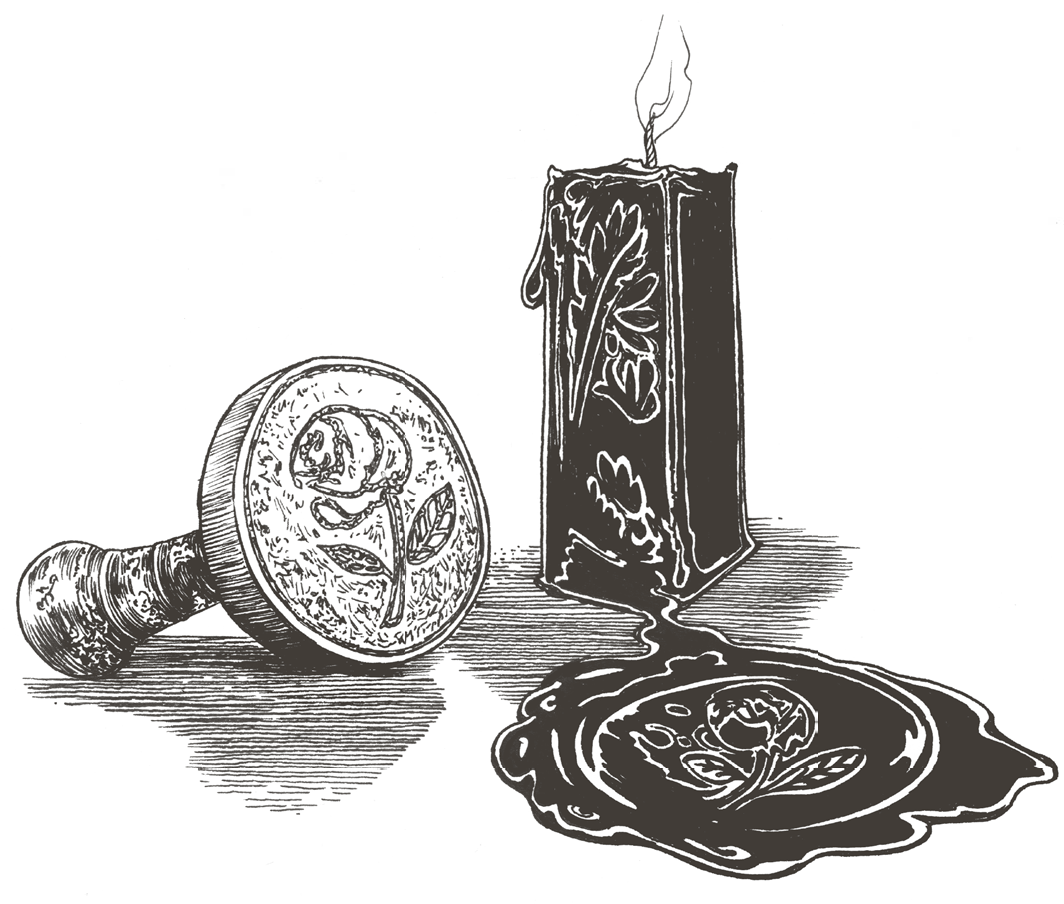
1
I N OCTOBER 2019 I returned to the Aldgate hole to the gap in the city where all these journeys began. Aldgate: where Richard of Cornwall compiled his Book of Revelations; where, two centuries later, Chaucer conjured dream-visions of melting palaces and parliaments of squabbling birds; and where now the ruins of a playhouse, the Boars Head, had finally been unearthed.
Archaeologist Heather Knight appeared at the gate and ushered me through the barriers. It was the last days of the excavation; mechanical diggers were poised to backfill the trenches she and her team from MOLA had cut into the brickearth. Gone were the grassed-over spoil heaps, the bramble jungle, the fly-tips. The ground crunched underfoot: wet gravel. And from the deep cut on the eastern edge I could make out the stumps of stone foundations, sticking up from the mud like rotten teeth.
Heather led me into the site office, a large Portakabin where two more archaeologists were wolfing down lunch from the burger van on Goulston Street. She showed me a selection of finds: discarded oyster shells, glassware and fragments of beer mugs, a pair of crossed spoons and a bent window latch, half a dozen clay pipes and a fossilized horn core. Aldgate was the epicentre for horn-working in London, she explained. There were forty members of the Worshipful Company of Horners working on Middlesex Street alone in around 1641. The chalk and brick foundations that Heather and her team had carefully brought into the light would once have supported timber structures, traces of the inns lodging spaces that were later converted into seating for the audience. They had found finials from the tops of Tudor money boxes. These small, disposable ceramic pots were commonly used in Elizabethan playhouses to collect ticket earnings; they have given us the modern phrase box office. When they were full, the boxes would have been broken open and thrown away. An eighteenth-century kiln for the firing of pipes had also emerged, remarkably preserved, from the ground.
I had been following Heathers investigations into early modern London since her discovery of the Theatre in Shoreditch an event that made national headlines in 2008. In contrast, the Boars Head, a converted inn lost beneath the rubble of a V-2 bombsite and truncated by the abandoned Tube tunnel to the south, risks being ignored as an also-ran a footnote in history. But Heather is a fierce champion of the more obscure playhouse. We should be fighting its corner, she said. The Boars Head doesnt have that Shakespeare factor, but it was integral to the drama scene in the early seventeenth century, staging city comedies with characters the audience would recognize, everyday London life, topical stuff, gossip.
For this briefest of moments, the playhouse was open again to the sky; to the noise and traffic fumes of the roundabout; to the sideways glances of pedestrians heading east to Whitechapel. The discovery of the Boars Head precedes the delayed but inevitable redevelopment of the hole. Its remains will be left in situ, Heather explained, and spanned by the foundations of the new building a twenty-four-storey accommodation block for students. The developer has promised to preserve the archaeology in the towers footprint, while a new community performance space will celebrate the sites theatrical history. As Heather walked me around the perimeter, I felt a strange sense of loss not for the theatre, as it had now been found, but for the no mans land before the excavation, a place between places.
As archaeologists were comfortable with change, Heather said. We know that nothing lasts for ever.
The anomalous energies of the hole have begun to dissipate.
The portal is closing but Im not yet ready to leave.
2
The Boars Head; Newington Butts; the Theatre and the Curtain in Shoreditch I have started to think of Londons lost playhouses as sites of power connecting my journeys across the map, as vital to my understanding of the city as its hidden rivers, its ancient churches, islands and holy wells. If the spirit of London is its people, then what are these playhouses but ruined temples, ablaze with what Chris McCabe calls midnight fre: the latent energies of poets and players, groundlings and gallants?
From the ghosts of Banquo and Old Hamlet to the spiritualist seances of the Victorian age, the theatre has always been the natural place in which to summon the supernatural. So let me conjure you a ghost.
A grainy video is recovered from an amateur filmmakers attic and posted on the internet. The year is 1989. Bankside, Southwark. The sky is a blank white screen it saturates the world in light and as we see through a chain-link fence, the camera trembles slightly. There are people by the hoardings. There are people on the bridge. There are people on the wooden platform raised on scaffold poles above the ground and there are people in the ground itself. There are people in the street, caught in silent tableaux in flat caps and knitted jumpers; in denim, perms and summer suits. They clap politely when local MP Simon Hughes hands the microphone to veteran Hollywood actor Sam Wanamaker. This whole area, he says, is, I think, one of the most important areas in the world, if not the most important area of Western civilization.
The video cuts to night, a vigil, Hughes again, and then the camera pans across the crowd and there she is: my mother, resplendent, out of time, with a fresh-cut rose in the lapel of her luminous white blazer.
The discovery of the foundations of the Rose in Southwark on 31 January 1989 was a pivotal moment not only for the history of early modern drama in London but for the future preservation of Britains cultural heritage. Faced with imminent destruction under the footing of a ten-storey office block, and without legal protection, the partial remains were in a perilous condition. On 2 March a temporary extension was granted to the Museum of London team, who worked around the clock to uncover as much of the playhouse as they could. Finds trays filled up with the ephemera of Elizabethan London:
orange pips, Tudor shoes, a human skull, a bear skull, the sternum of a turtle, sixteenth-century inn tokens, clay pipes, a spur, a sword scabbard and hilt, money boxes, quantities of animal bones, pins, shoes and old clothing.
Six days later the stage of the theatre emerged from the waterlogged ground.
Constructed in 1587 for the impresario Philip Henslowe, the Rose was a purpose-built, polygonal amphitheatre with an external diameter of 72 feet. Established earlier than its larger neighbours, the Swan (1595) and the Globe (1599), its stage was home to the leading dramatist of the time, Christopher Marlowe, and also presented early works by Shakespeare. In 1592 the Rose was expanded (its diameter increasing to 79 feet) and fitted with machinery to represent the heavens consisting of a hoisting device which enabled a throne or other vehicle to be lowered from the roof above the stage. Along with Henslowe, whose surviving account book or diary supplies much of our knowledge of the early modern theatre industry, the prime mover in the history of the Rose was Edward Ned Alleyn, celebrated as the greatest actor of his generation.

